Building a high-performing AI fitness app in 2026 is no longer just a smart move—it’s a powerful business opportunity. Fitness users around the world are shifting fast toward personalized training experiences. They no longer want generic workout programs. They want plans that adjust to their goals, equipment, stamina, and lifestyle. Apps like Fitbod proved that personalized, adaptive training works. And now, more people expect the same level of intelligence from every fitness app they use.
This guide walks you through everything you need to build an advanced, future-ready, and user-focused AI fitness app. You’ll learn how to design the system, integrate AI, plan features, structure the tech stack, and bring your app to life with confidence.
Why AI Fitness Apps Are Taking Over in 2026

AI-powered fitness apps dominate the market because they offer something traditional workout plans never could—precision personalization. People want programs that know them, guide them, and grow with them. They want recommendations based on real performance, not assumptions. And they want workouts that match their equipment, strength level, and goals.
AI fills this gap effortlessly. It studies user behavior, tracks progress, and updates training plans in real time. This level of personalization was once possible only with a personal trainer. But in 2026, users expect their apps to behave like their own digital coach—available 24/7, always learning, and always ready to push them toward better results.
The rise in remote fitness, smart wearables, and health-conscious lifestyles has made AI fitness apps a must-have tool. This shift opens a huge opportunity for businesses and developers ready to enter the space.
Core Features Your AI Fitness App Must Include
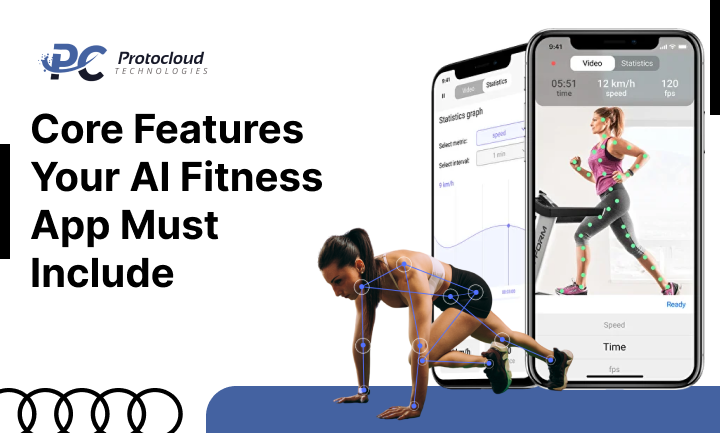
A successful fitness app in 2026 needs more than basic tracking. It needs intelligence, accuracy, and adaptability. Users will compare your app with Fitbod or other top platforms, so the features must deliver a premium experience from day one.
Below is an overview of essential features, but we will keep the bullet points minimal and focus more on detailed paragraphs as you requested.
1. AI-Powered Workout Generator
This feature creates unique workout plans based on user goals, fitness history, equipment, and performance. It analyzes previous sessions, checks fatigue levels, and recommends exercises that deliver long-term progress. The workout generator becomes smarter with every session as users log reps, weights, and difficulty levels.
2. Adaptive Training System
This system adjusts workouts automatically. If the user struggles with a movement, it reduces the load. If they performed better than expected, it increases intensity. Adaptation makes the app feel personal and ensures safe progression for beginners and advanced athletes.
3. Extensive Exercise Library
A strong library with video demonstrations ensures perfect form and reduces injury risk. Each exercise should include tags like muscle group, difficulty level, required equipment, and purpose. These tags help the AI system recommend accurate and personalized workouts.
4.Real-Time Performance Tracking
Tracking systems monitor reps, sets, rest time, calories burned, and workout efficiency. If possible, integrate wearables to pull heart rate, step count, and movement data.
5. Progress Analytics Dashboard
Users love visual reports. A clean dashboard shows strength growth, PRs, weekly progress, muscle recovery, and training balance. These insights keep users motivated for the long term.
6. Smart Rest Timer
AI-powered rest timers adjust based on workout difficulty and user performance. This improves recovery and boosts overall training quality.
7. Nutrition Support
Meal plans, calorie recommendations, and macro tracking complete the fitness ecosystem. It makes your app more valuable and increases retention.
8. Wearable Integration
Connected devices like Fitbit, Apple Health, Garmin, and smart bands provide deeper insights. These integrations improve accuracy and personalization.
9. Form Detection (Optional but Trending)
AI-driven posture detection helps users correct movements in real time. While optional, this feature is becoming a major trend in 2026.
10. Community and Gamification
Social engagement increases motivation. Leaderboards, challenges, badges, and streaks keep users coming back and drive long-term loyalty.
How AI Powers a Fitbod-like Fitness App

AI is the engine behind personalization. It studies patterns, learns user habits, and evolves the training program automatically. This makes the app feel more intelligent with each use.
The more data users provide, the smarter the app becomes. Factors like volume, intensity, rest, fatigue, and heart rate influence the AI engine. Machine learning models then create the most efficient plan for the next session.
Key AI Functions Used in Fitness Apps
Although we keep bullet points minimal, these specific AI functions deserve a clear structure:
- Predictive analytics to estimate strength and stamina
- Machine learning models for adaptive workouts
- Computer vision for posture analysis
- Recommendation systems for exercise selection
- AI-driven progressive overload calculation
- Recovery prediction based on past performance
Each of these AI elements helps create a hyper-personal fitness experience that feels professional, reliable, and results-driven.
Step-by-Step Process to Build an AI Fitness App
Building an AI-based fitness app isn’t a one-step task. It requires a clear development roadmap. Here is a detailed, descriptive guide that aligns with 2026 industry standards.
1. Research and Planning
Start by defining your target audience. Do you want to focus on bodybuilders, beginners, home workout users, or athletes? Your niche will guide the entire design and development process.
Conduct competitor research and identify opportunities to stand out. For example, Fitbod focuses heavily on strength training. You can target mobility, calisthenics, or women-specific workouts as your unique angle.
This stage also includes defining your AI model’s purpose. For instance, will you prioritize adaptive workouts, form correction, or advanced analytics?
2. Design an Engaging UX
The user interface should be clean, minimalistic, and motivational. Fitness users don’t want complicated menus or confusing navigation. They want fast access to workouts and clear instructions.
Your workout screen should highlight reps, sets, rest timers, and form cues. Make sure animations, icons, and layouts are friendly and easy to understand.
Strong UX helps users focus on training instead of tapping through endless menus.
3. Build the Workout Recommendation Engine
This is the heart of your fitness app. The engine processes user data such as previous sessions, heart rate, personal goals, and available equipment. It then analyzes all these inputs to generate personalized routines.
Use ML datasets and fitness science principles to make your recommendation model accurate. The more data you feed it, the stronger it becomes.
This feature alone can transform a simple fitness app into a smart digital coach.
4. Develop a High-Quality Exercise Library
Your exercise library should include professional videos with perfect form demonstrations. Video quality matters because users rely on these visuals for guidance and confidence.
Each exercise must include categories, tags, and difficulty levels. The more structured your tagging system is, the better your AI performs.
This library will become the foundation of your recommendation engine.
5. Implement Real-Time Tracking
Tracking is essential for accuracy. Your app should record reps, weights, and rest times automatically. Wearable integrations make this feature even more powerful.
Real-time tracking helps the AI adjust its recommendations. It also provides clear workout summaries that show how users performed during each session.
6. Build Progress Analytics & Insights
Users need motivation, and analytics deliver that. Reports on weekly progress, PRs, strength graphs, and training balance help users understand their growth.
These insights encourage long-term engagement and build loyalty.
7. Add Social & Gamification Features
Social features enhance motivation. Gamification keeps users engaged even on low-energy days.
Here are the key elements (25% points rule):
- Streaks
- Badges
- Leaderboards
- Daily or weekly challenges
These features dramatically increase retention rates.
8. Test, Launch, and Continuously Improve
Testing is crucial—especially for AI features. Run beta programs with real fitness users and gather feedback. This helps refine your training model and fix UX issues.
After launch, keep improving your AI engine as your user base grows.
Best Tech Stack for an AI Fitness App in 2026

Your tech stack defines your app’s performance, scalability, and intelligence. Here is a detailed and updated tech stack suitable for building a Fitbod-like AI fitness app.
Frontend
- React Native
- Flutter
Backend
- Node.js
- Django
Database
- MongoDB
- PostgreSQL
AI/ML
- Python (TensorFlow, PyTorch)
Cloud
- AWS
- Google Cloud
Wearable Integrations
- Google Fit
- Apple Health
- Fitbit
Choose the stack that matches your team’s strengths and project complexity.
Development Cost of an AI Fitness App Like Fitbod (2026 Version)
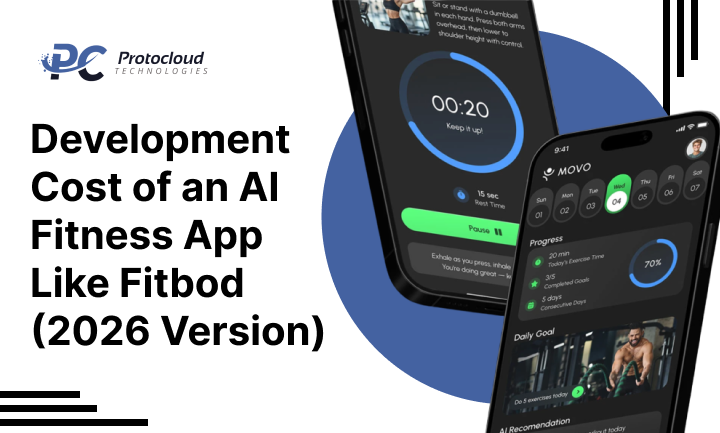
Costs vary based on features, team size, AI complexity, and development duration. Below is a clear and realistic estimate for 2026.
- Basic AI fitness app: $30,000 – $60,000
- Advanced adaptive workout system: $80,000 – $150,000
- Fully loaded AI fitness ecosystem with posture detection: $180,000 – $350,000
These estimates include design, development, AI modeling, testing, deployment, and initial optimization.
Monetization Strategies to Maximize Revenue
AI fitness apps grow faster when they implement multiple revenue sources. A single monetization model is never enough, especially in the competitive fitness industry.
Here are the most effective revenue streams:
- Subscription plans
- Premium workout
- Personalized coaching
- In-app purchases
- Affiliate marketing for equipment
- Nutrition program add-ons
Diversification makes your business more stable and future-proof.
Final Thoughts
Building an AI fitness app like Fitbod in 2026 requires more than a good idea. It demands strong planning, a smart development approach, an understanding of fitness science, and an AI engine that truly adapts to user performance.
When you combine AI, data analytics, and exceptional UX design, you create a digital fitness coach that users trust. And trust is the foundation of every successful fitness app.
The market is expanding fast. Users want smarter solutions. And AI innovation is at its peak. If you want to launch a powerful, scalable, and profitable AI fitness application, now is the perfect time.
Conclusion: The Future of AI Fitness Apps Starts Now
AI is transforming the fitness world faster than ever. What once required a personal trainer—custom plans, form guidance, progress tracking, and adaptive routines—can now be delivered through a smart, always-learning mobile app. This shift has changed user expectations. People want experiences that feel personal, intelligent, and effortless. They want an app that understands their journey, supports their goals, and grows with them.
Building an AI fitness app like Fitbod in 2026 is not just about developing features. It’s about creating a complete fitness ecosystem backed by data, personalization, and consistent improvement. When you combine AI-driven workouts, intuitive design, accurate analytics, and engaging user experiences, you create a platform capable of becoming someone’s daily fitness partner.
Developers who focus on user behavior, training science, and continuous AI improvements will dominate the market. Businesses that invest in adaptive training, wearable integrations, community features, and performance insights will attract long-term, loyal users. And founders who understand the value of personalization will build apps that stand out in a competitive, quickly evolving industry.
Whether you are a startup, a fitness brand, or a digital product team, the opportunity is massive. The demand for intelligent fitness solutions will continue to grow. Users want guidance, clarity, and motivation. And the brands that deliver this—powered by AI—will shape the future of digital fitness.
If you’re planning to build a high-performance, scalable, and AI-powered fitness app, this is the moment to take action. The technology is ready, the market is ripe, and users are waiting for the next big thing.



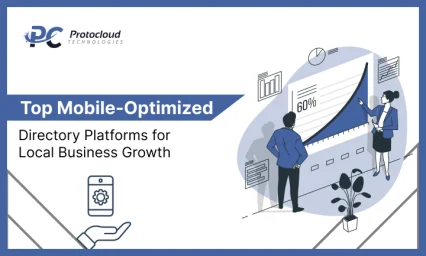



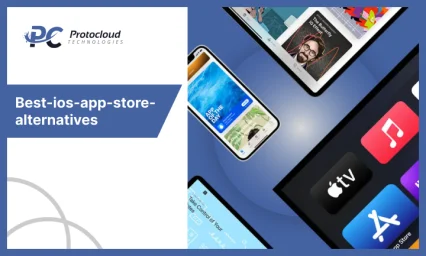

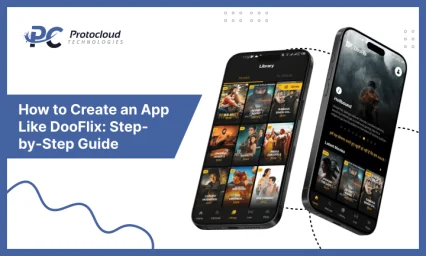




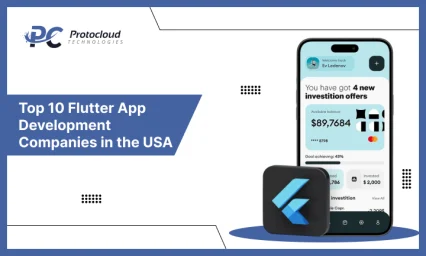



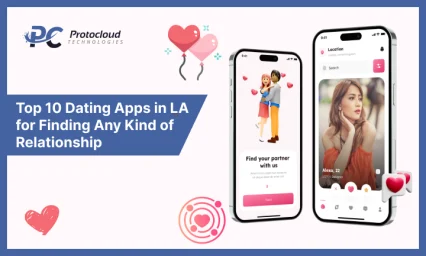



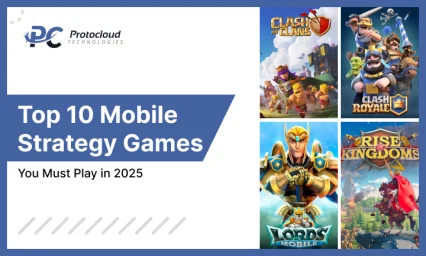

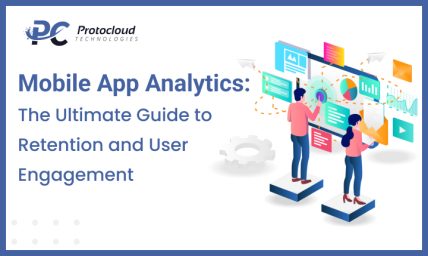



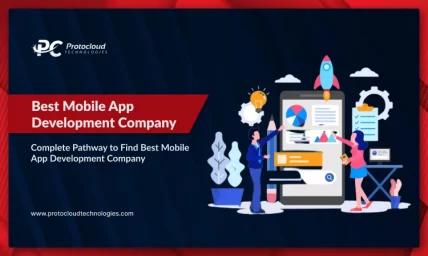
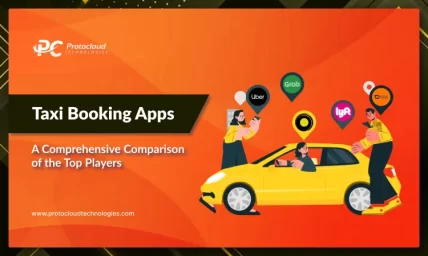



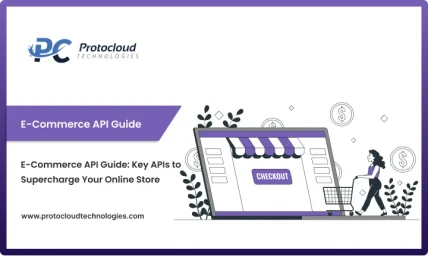









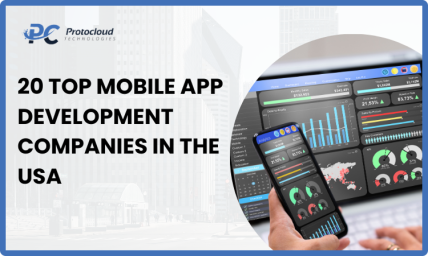
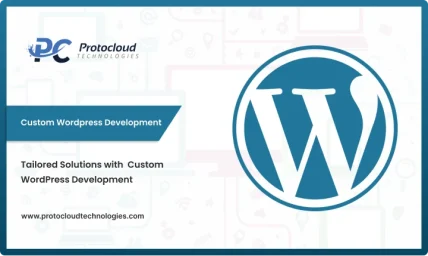




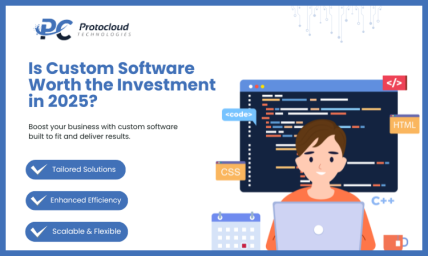


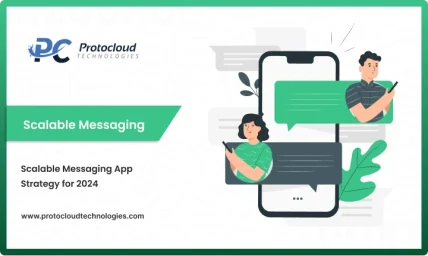



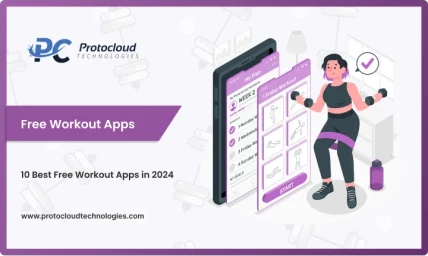






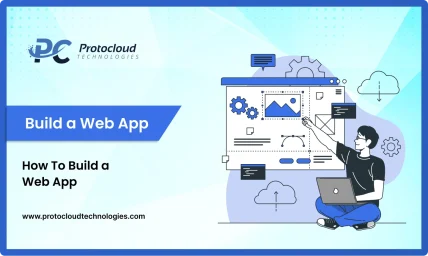


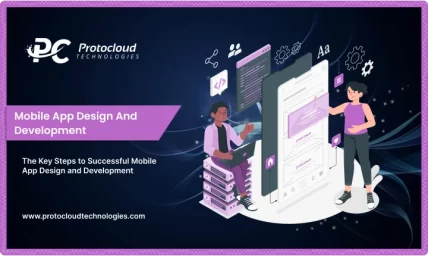


Leave a Reply